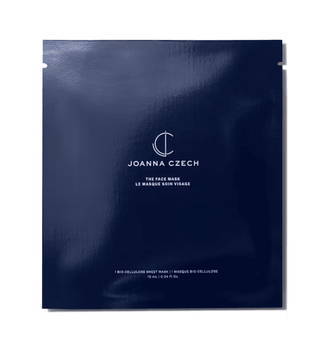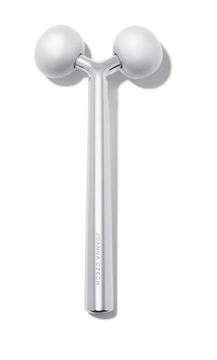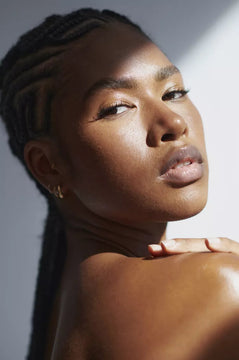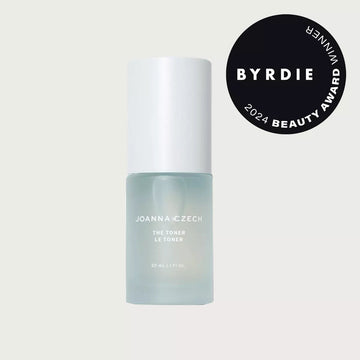I am, of course, not a dermatologist—which matters not to friends and family in search of skincare solutions. But Robin Schaffran, M.D. is, and she’s also something of an expert on adult acne. ClearBalm, her recently launched three-step acne system, uses oil-reducing and anti-inflammatory CBD, exfoliating natural alpha-hydroxy acids, and pore reducing niacinamide to specifically target the skin of women in their 30s and 40s, which often can't tolerate the drying agents in many other three-step acne systems designed for teenagers. “As you get older, your pimples are deeper, your skin is more sensitive,” explains Schaffran, adding that isolation has presented a perfect storm for adult acne, from poor diet and lack of sleep to little-to-no exposure to antibacterial UV light.
“Falling off your routine is one big reason why so many people are breaking out right now,” Schaffran elaborates. “But stress is the biggest one,” she continues (see: horrific headlines and tears), noting that there is a proven link between stress and acne: when you’re stressed you produce a hormone called corticotropin-releasing-hormone, and it binds to receptors on the sebaceous glands, which leads to an increase in oil production. “And then there is the increase in androgens,” she adds, describing how women have low levels of these male hormones, which can be triggered by stress and are big contributors to COVID-19-era congestion that Schaffran describes as “those big nodules concentrated around the chin or jawline that send shock waves through your body when you touch them.” (You know the ones.)
Typically, this is the kind of breakout that Schaffran and her colleagues would inject with an in-office shot of cortisone to reduce irritation and inflammation, a cosmetic intervention that, sadly, cannot be facilitated via telemedicine. But warm compresses can help “bring stuff to the surface” over time, she suggests, adding that mild spot treatments with benzoyl peroxide or salicylic acid, which can help penetrate to the core of a breakout—and patience—are a better course of treatment than at-home extraction. “If you try to squeeze these pimples yourself, you’ll just traumatize your face,” she says. I nod along in (remote) agreement. But my own facialist knows me better. “If you can't control yourself, use your finger tips—not cotton pads—held at a 45-degree angle, and apply a little pressure,” advises legendary aesthetician Joanna Czech, adding that at-home post-op care should include hydrogen peroxide, Neosporin ointment...and a potato slice. “Potatoes have anti-inflammatory enzymes and are great at preventing hyperpigmentation,” she reveals.
Czech lists all of the same offenders when explaining why so many of her clients are scheduling virtual consultations to discuss adult acne breakouts right now. “But this is also a great moment for me to explain to everyone how important your night-time routine can be,” she insists, suggesting that prolonged isolation also offers an unprecedented opportunity to lean into your skincare routine for clarity, rejuvenation, and maybe even a little relaxation. “If you’re congested, don't be scared to use oil cleansers! A double cleanse is your best option to detach impurities,” Czech elaborates, emphasizing that an oil cleanser, such as Environ’s Pre-Cleansing Oil, followed by another, more mild face wash, such as Dr. Barbara Sturm’s low-foam cleanser, will remove dirt and grime without causing dehydration. To further clear up any breakouts, Czech also advocates for committing to a detoxifying mask twice a week. “These are great for spot treatments, too,” she insists, calling out Protective Nourishment’s Pumpkin Peel and the Biomagic clay mask from Biologique Recherche. They won’t stop the crippling anxiety you have every time you get a news alert, but every little bit helps.




